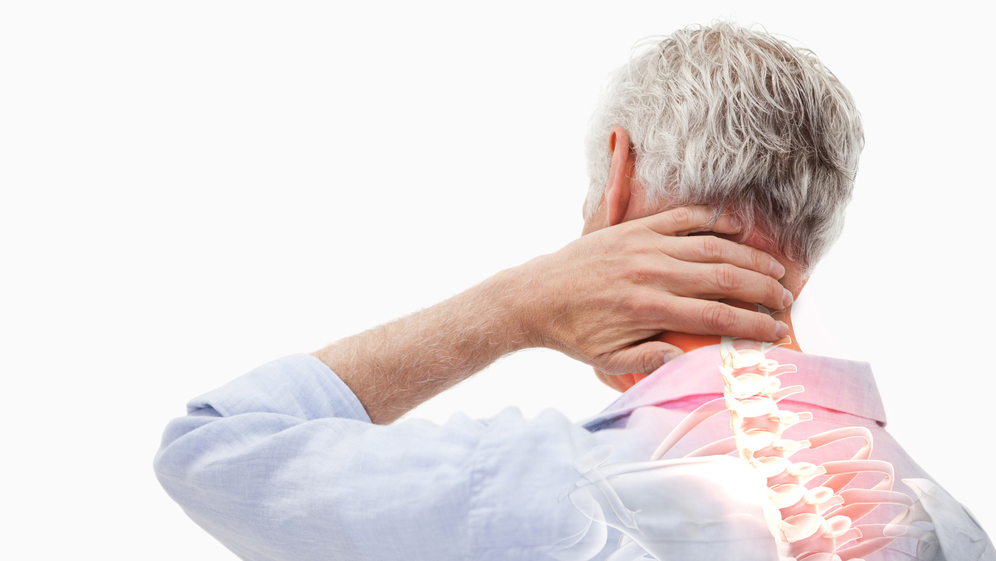Managing Your Pain
When it comes to pain, there are many solutions ... including medical Marijuana.

Boomers manage careers, relationships, family, finances and community activities. Managing pain? Maybe not as well as you’d like.
Pain affects more Americans than diabetes, heart disease and cancer combined. It costs, in treatment and lost productivity, an estimated $635 billion each year, according to the National Institutes of Health. About 100 million adults suffer chronic pain, the kind that typically results from ailments such as arthritis and back problems.
Left untreated, chronic pain can control your life, causing you to miss out on work, once-enjoyable activities and new experiences. For working adults, chronic pain is the typical cause of long-term disability.
CHRONIC PAIN PERSISTS
Pain signals keep firing in the nervous system for months or worse, years. Some of the most common complaints include headaches, low back pain, cancer pain, arthritis pain and neuropathy.
“Chronic pain, especially nerve pain, is very difficult to treat,” said Dr. Aron Lichtman, a professor of pharmacology and toxicology at Virginia Commonwealth University. It can be difficult and time-consuming to find the right treatment, or combination of treatments, for short- or long-term relief.
Chronic pain often comes with age, in part because health problems that cause it, such as osteoarthritis, become more common. It can result from disease, such as shingles, diabetes or gout; injury; inflammation; or a problem with the nervous system. Pain can be a burning or tingling sensation in your hands or feet or that uncomfortable crick in your neck that never quite goes away. If that wasn’t bad enough, pain can lead to poor sleep, anxiety and depression.
That’s why it’s so crucial to manage pain. Without even knowing it, perhaps, you’ve tried. Maybe you take ibuprofen daily or have stopped knitting.
THERE ARE ALTERNATIVES
“There are things that can help your quality of life,” said Dr. John Barsanti of Commonwealth Pain Specialists. Many patients want a quick fix with a steroid injection or an operation, Barsanti said. That’s understandable – you want the pain to go away now.
Often, however, a less invasive treatment might help. Non-pharmacological interventions range from physical therapy to acupuncture, massage therapy, yoga, lifestyle changes, relaxation training and biofeedback. Acetaminophen and the nonsteroidal anti-inflammatory drugs, such as ibuprofen, naproxen or Voltaren gel, are now-familiar ways to manage chronic pain. Muscle relaxants, lidocaine patches or a cream containing capsaicin (the ingredient that gives peppers their kick) may also ease the pain.
“I tell my patients there’s more than one way to skin a cat,” Barsanti said. “There are a lot of different ways, and the best rule of thumb is to try the least expensive, least invasive treatments first.”
BEYOND THE BASICS
Less familiar are prescriptions advertised for other ailments that can also lessen certain kinds of pain, such as the anticonvulsants gabapentin or Lyrica. Antidepressants such as Elavil or Cymbalta can relieve neuropathy. Savella is a relatively new drug to treat the pain caused by fibromyalgia.
If the pain doesn’t diminish with these steps, your physician may discuss with you the potential benefits, and side effects, of a mild opioid such as codeine.
Some physicians might recommend other interventions, such as radio-frequency ablation, in which radio waves heat a needle tip used to block painful nerve tissue in patients with chronic low-back and neck pain and pain related to the degeneration of joints from arthritis. Electrical nerve stimulation sends pulses to the nerves or to the spinal cord to interfere with the nerve impulses that make you feel pain.
‘MEDICAL MARIJUANA’
While the political and legal battle over “medical marijuana” has heated up in recent years, VCU received one of the first grants from the National Institutes of Health to study marijuana’s effects on the brain, according to Lichtman. His research includes exploring potential medicinal uses of one of marijuana’s active ingredients, CBD, which does not produce the “high” of THC.
Researchers studying marijuana and its compounds are trying to tease real evidence of the types of pain cannabis might subdue from the mountain of hype. For example, some of marijuana’s more than 100 compounds are being studied for relief from pain caused by multiple sclerosis and solid tumors, Lichtman said. “Down the road, there are a lot of medications that could come from this,” he said.
Marijuana is not a panacea and its long-term effects on the brain are not well-known, he noted. Someday, however, researchers may know enough about marijuana’s active compounds and the brain to use them to treat or manage chronic pain without giving patients a high or exposing them to the harmful effects of smoking, possibly through sprays, edibles or “vapes.”
If you’re suffering from chronic pain, don’t wait for legalized marijuana in Virginia or for new drugs based on marijuana extracts. Consider instead talking with your doctor about steps you can take now to manage your chronic pain and improve the quality of your life.


